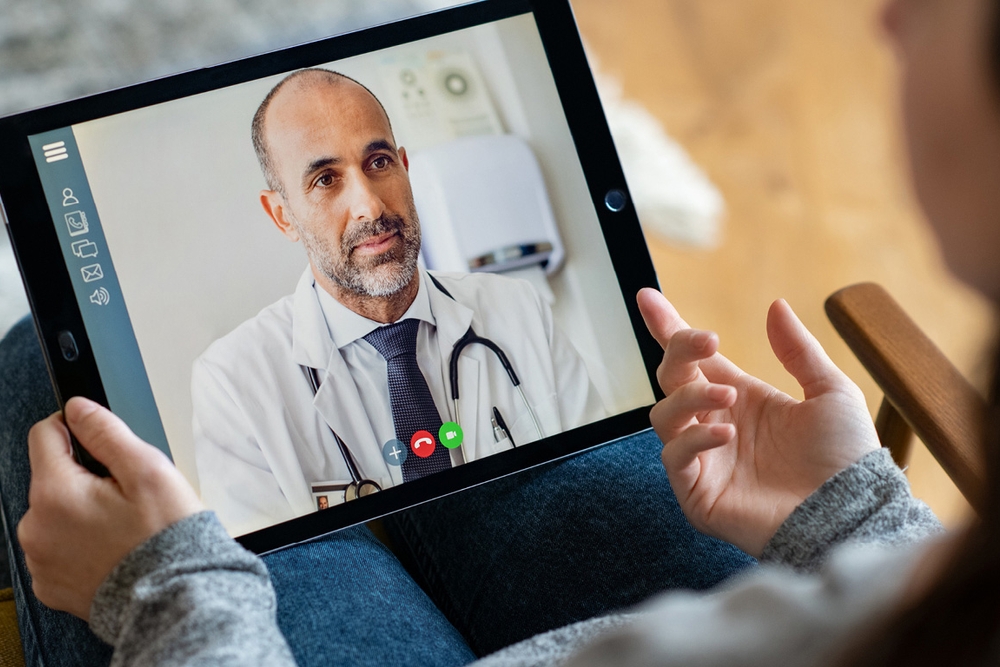Telehealth VS. Virtual Healthcare
Telehealth has been around for decades. Over the years, it has been used in hospitals and homes across the country and even more commonly used in rural areas where some of the population have less access to healthcare than others living in urban areas.
The term telehealth is very global and encompasses both remote and technology-driven healthcare that is used for many different things, including:
- Chronic disease management
- Doctor visits
- Ambulatory telehealth
- Surgical support
- Remote patient monitoring
The general use of telehealth is to collect and distribute information from a distance.
Virtual healthcare, on the other hand, is the means by which healthcare professionals exchange with their patients. Although it is part of telehealth, virtual healthcare refers to the actual virtual visits that take place between providers and patients. Whether these visits are by video, chat or phone, virtual visits require the technology to enable remote communication.
Acceleration of Telehealth Use
Since the beginning of COVID-19, telehealth use has been put into high gear. Patients who used to go into the clinic or hospital for routine checks or minor symptoms were now pushed to seek technological ways of contacting their doctor.
This led to many Americans adopting telehealth solutions. In fact, according to a McKinsey COVID-19 Consumer Survey, US telehealth use went from 11 percent in 2019 to over 46 percent in April of 2020. As many Americans are looking for technological ways of replacing their cancelled healthcare visits, healthcare professionals have also been increasingly offering telehealth visits.
According to the same survey, providers are seeing 50 to 175 times the number of patients through telehealth means than they did pre-coronavirus.
Before the start of the global pandemic, telehealth tools were more commonly used for urgent care. The annual revenues for US telehealth players was valued at around $3 billion and focused on instantly and randomly pairing providers and patients for a single visit.
However, the rise of telehealth in the last months has shifted the use of these tools. Going beyond virtual urgent care, telehealth visits are now used by providers to see their current patients, provide specialty care across borders and more. The expanded uses and rapid adoption of telehealth have now projected approximately $250 billion of US healthcare spending to be virtualized.
The Importance of Virtual Healthcare During COVID-19
At a time where the health of the nation is at risk, it is important to minimize the risk of contracting the coronavirus. Americans can stay home and get their groceries, clothes, care essentials and everything in between delivered right to their door. Why can’t they treat their healthcare the same way?
A pre-coronavirus study conducted by Parks Associates showed that 60% of broadband households were interested in remote care online or by phone. Some of the care they were most interested in receiving remotely included:
- Follow-up care
- Ongoing treatment of chronic health condition
- Sudden non-threatening conditions
- Routine checkups
The appeal of receiving care from the comfort of your own home is also not lost on providers or the healthcare system as a whole.
A McKinsey analysis shows that several outpatient and office visits can be virtually enabled. Some of these include as many as 20% of emergency department visits being diverted to virtual urgent care and 24% of all office visits being diverted to virtual office visits.
The use of virtual visits is not only convenient for patients, but it could potentially be life-saving in a time where a simple cough could spread COVID-19 to vulnerable patients waiting in a doctor’s office.

